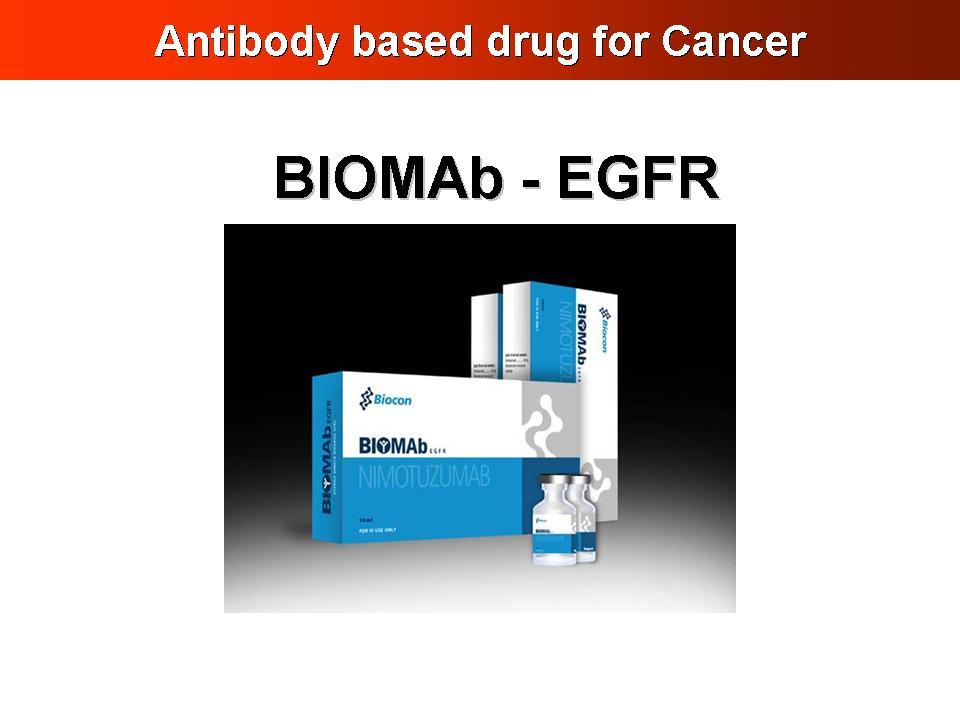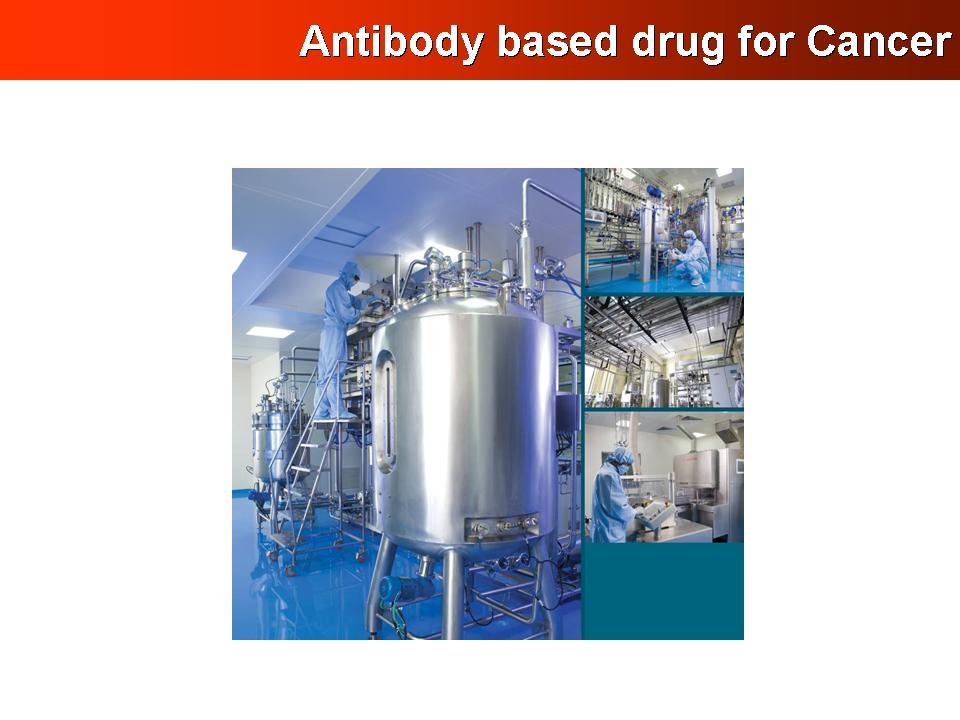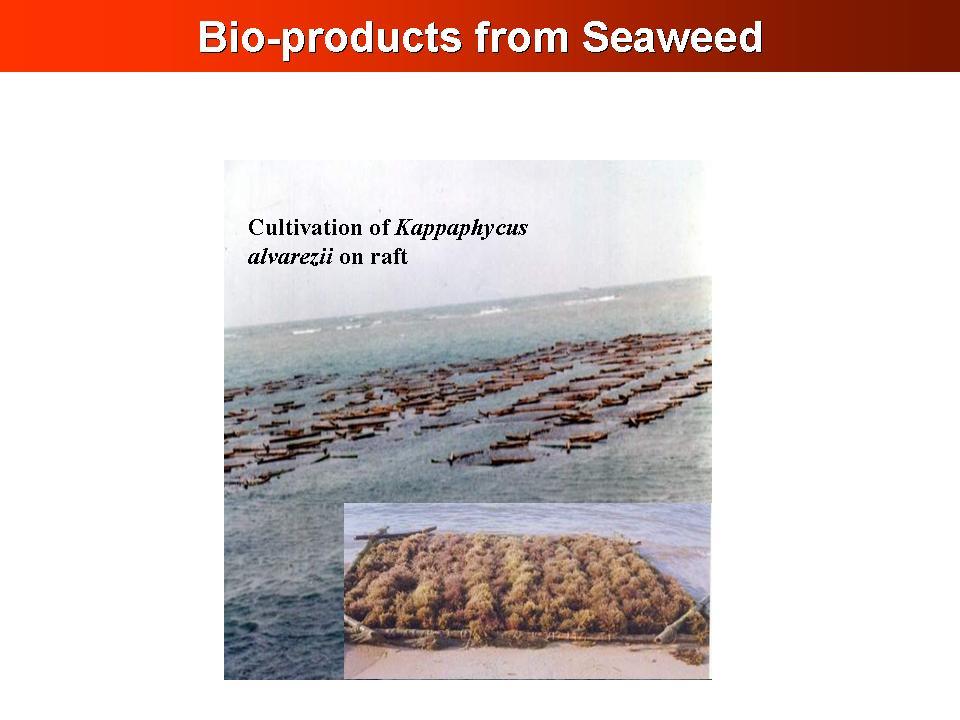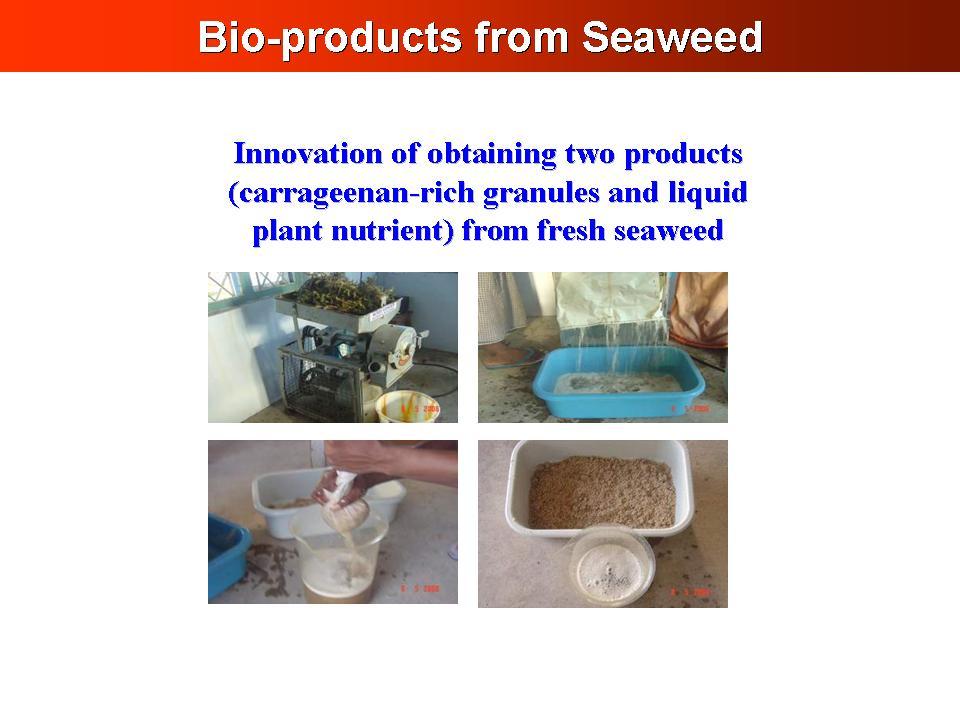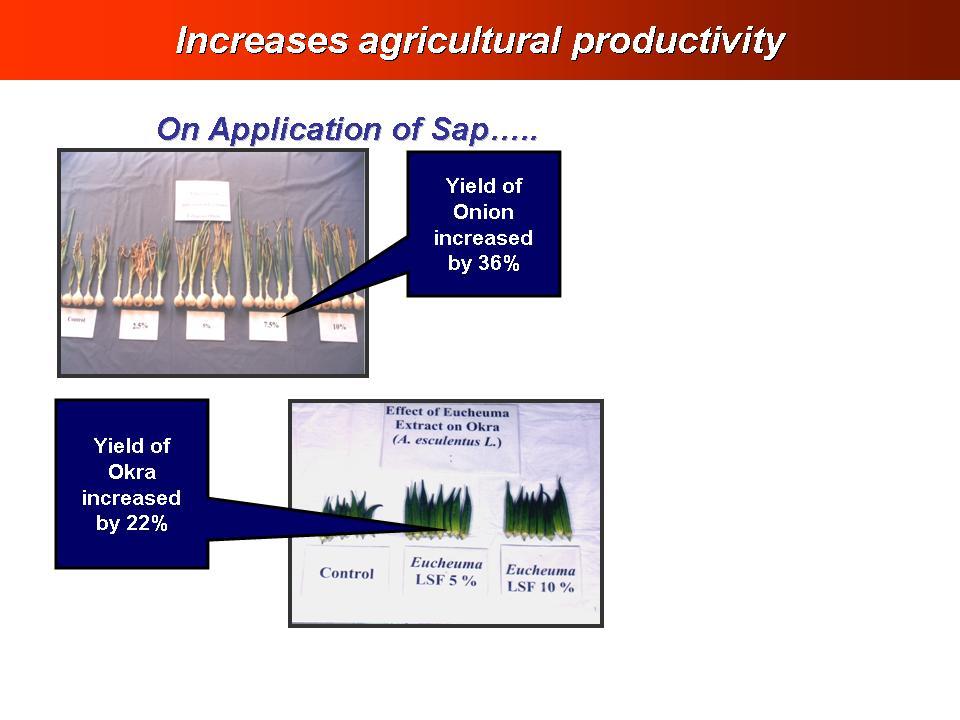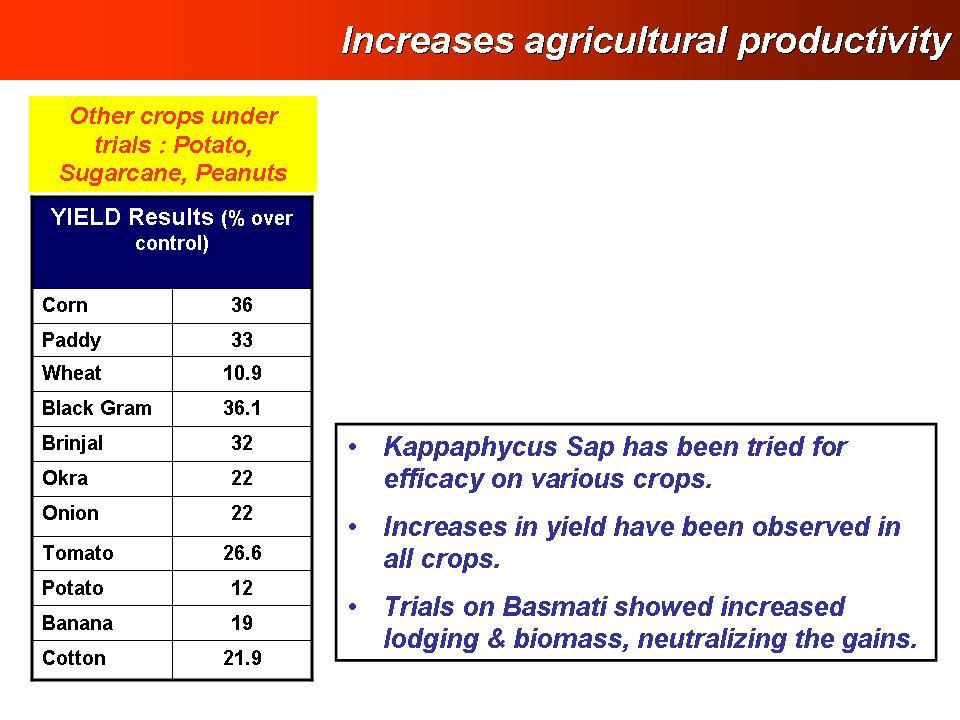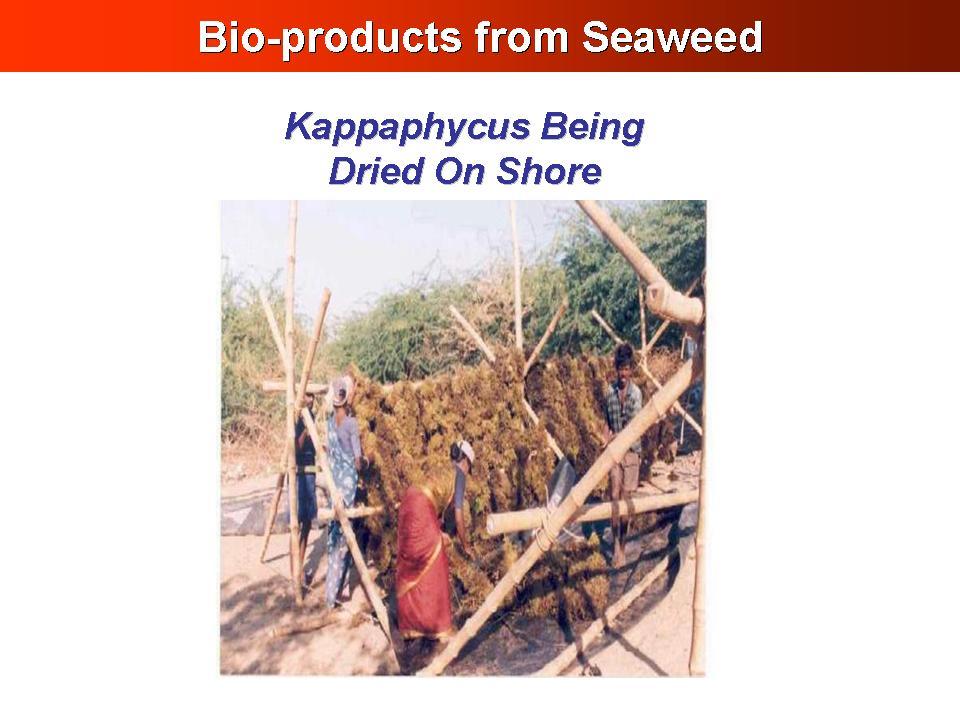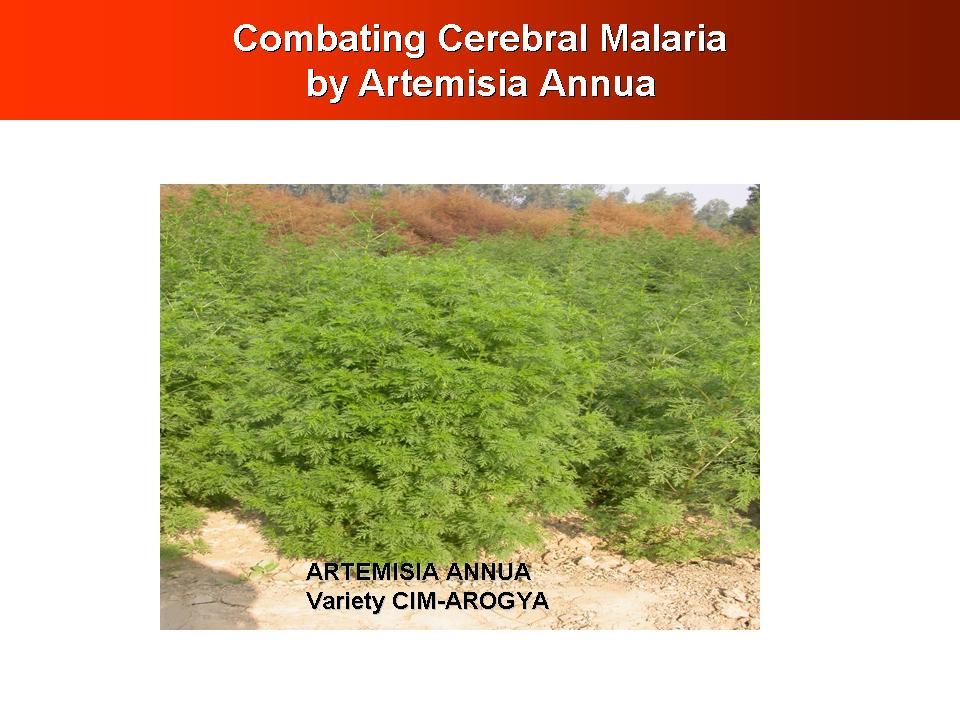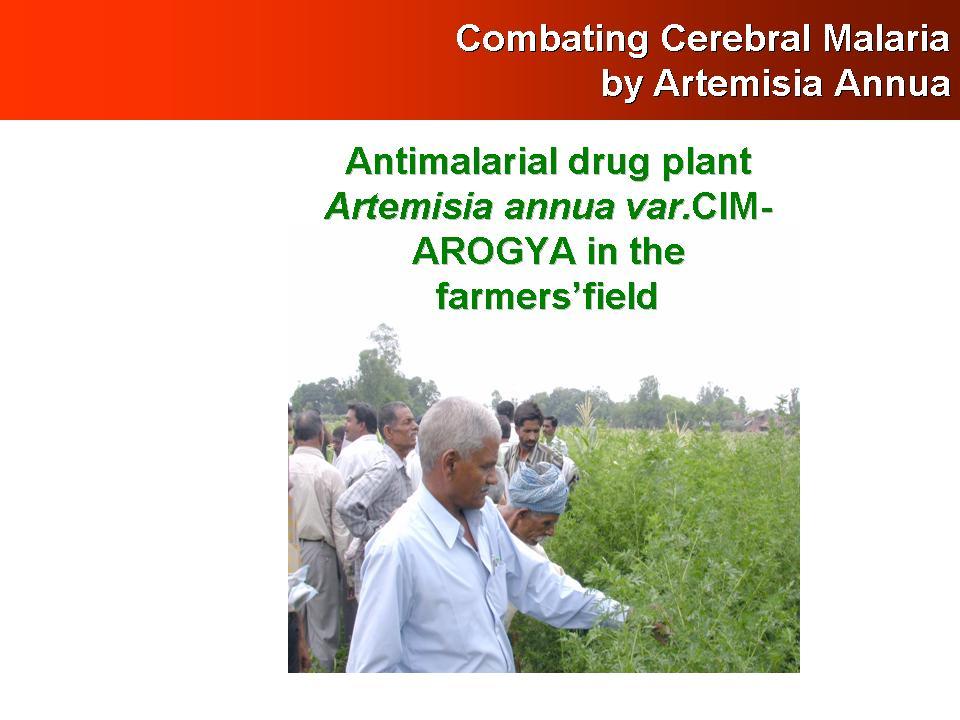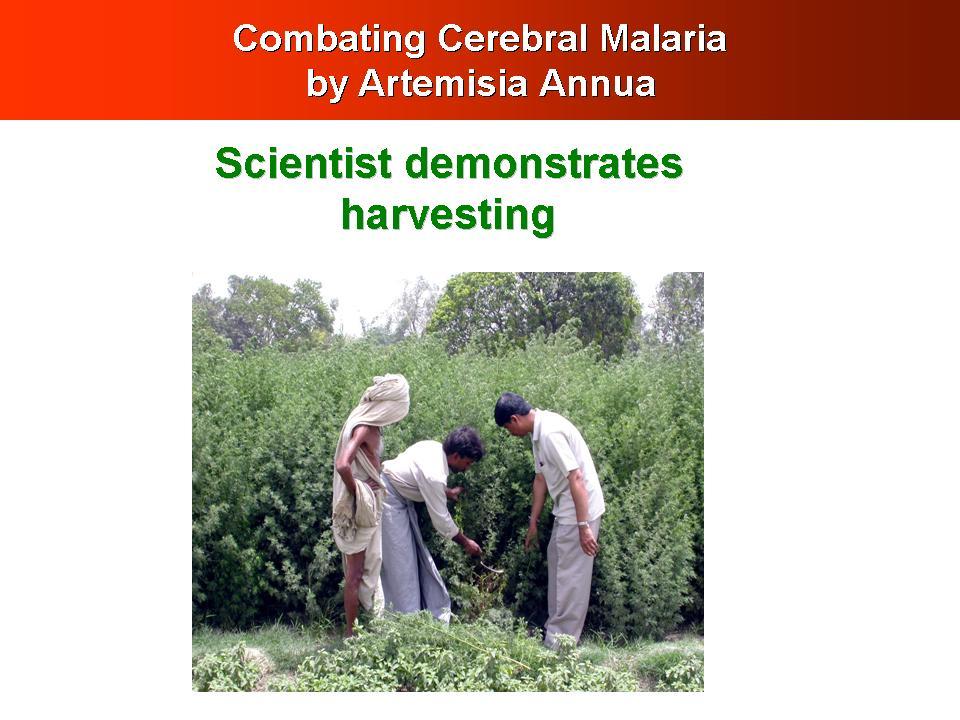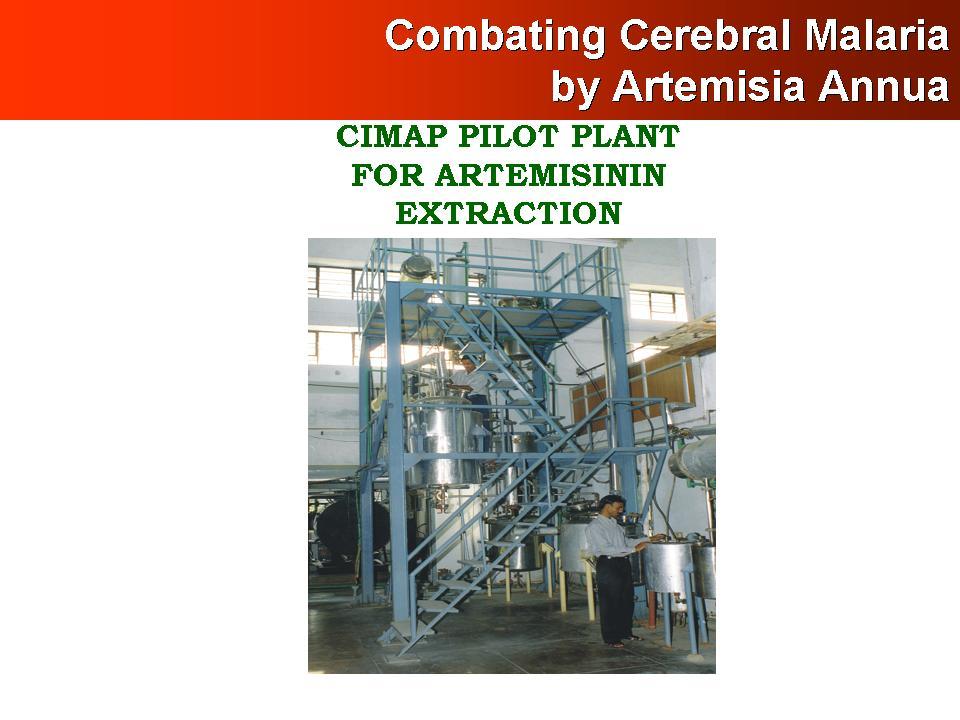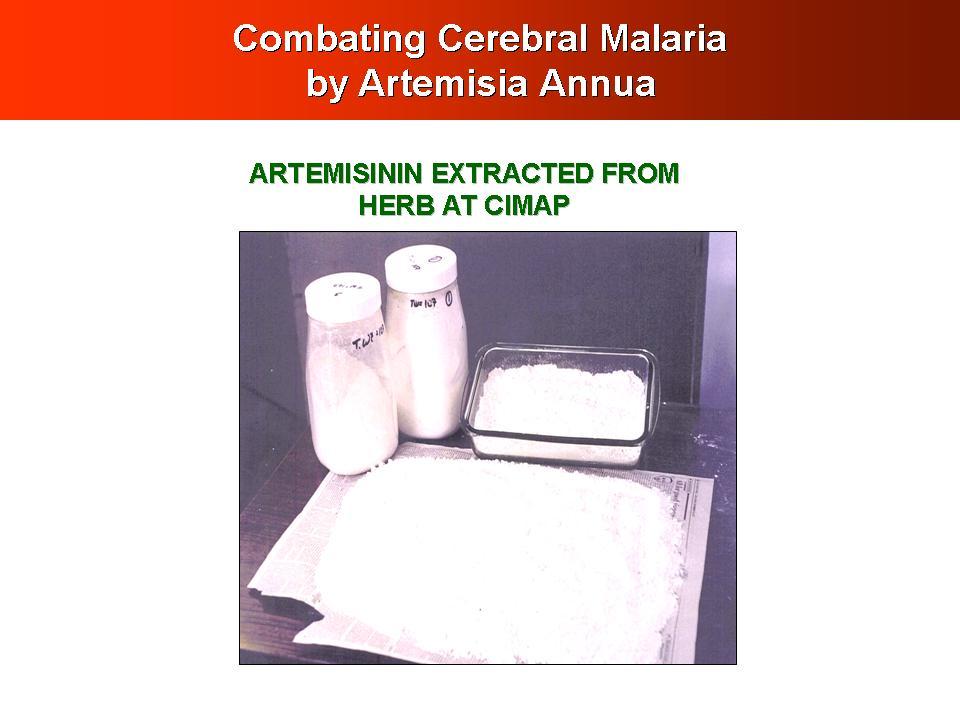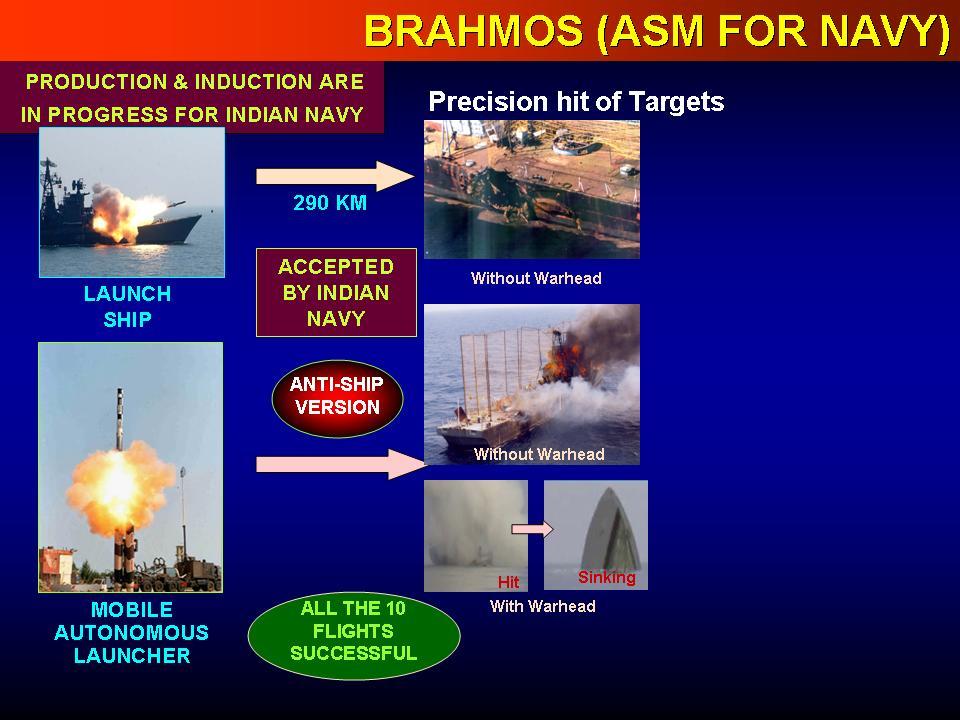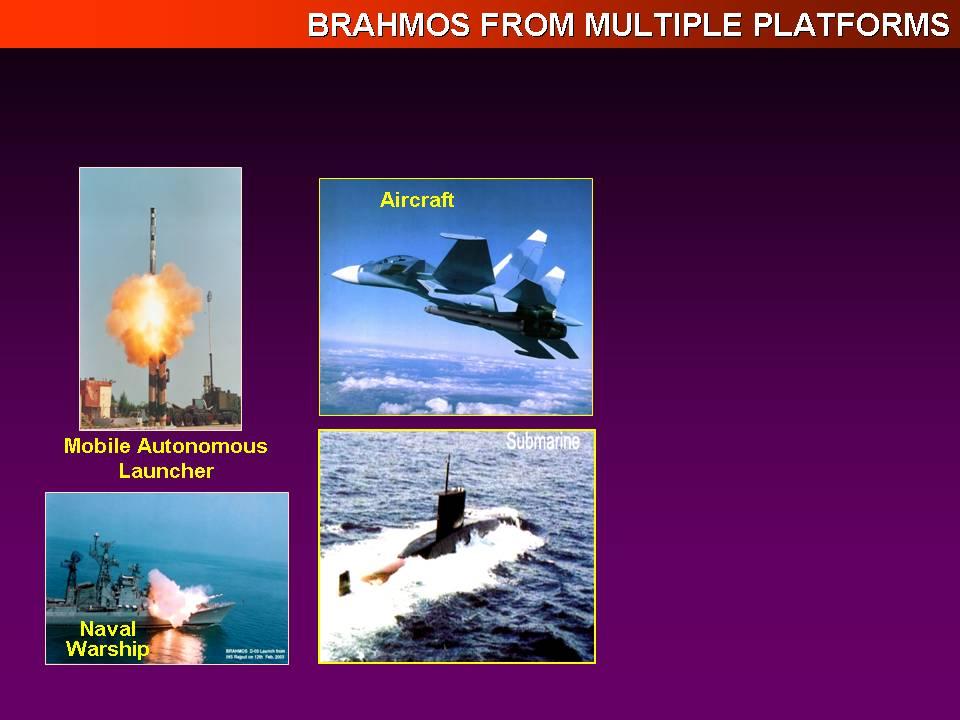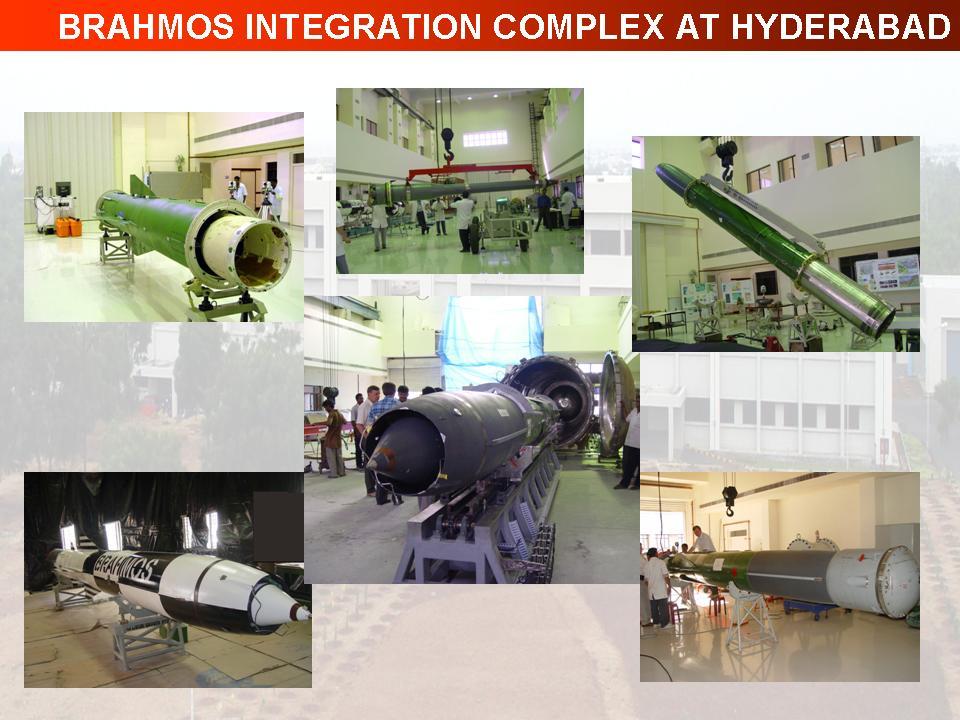Address by the President of India on the Technology Day 2006
New Delhi : 11-05-2006
Technology Empowers the Nation
Dear friends,
I am very happy to address you all, on the Technology Day which is, commemoration of India becoming self reliant in technologies in certain important areas. This day reminds us, our constant strive to achieve self reliance in critical technologies, to encourage innovations and to nurture technology flow to industry for product excellence, so that our nation has the competitive edge leading to our cherished vision of developed India. My greetings to all the citizens on this Technology Day.
Technology is the non-linear tool available to humanity which can effect fundamental changes in the ground rules of economic competitiveness. The growing technological evolution in the last one hundred years is the testimony of the fact of this non-linear trend. Technology consists of stages like research and development, technology transfer, technology absorption and production of products or systems with the desired performance, quality, and cost-effectiveness. In the case of India, progress in technology, particularly indigenous design, is the thrust area to enable India to become competitive with other countries.
Based on my visits to various laboratories and participation in Science, Technology and Industry fora and our detailed analysis, I would like to highlight to the listeners some of the technological successes realized during the year 2005. They are: antibody based drug for treatment of Cancer, development of seaweed based bio-products, certain innovations in the rural environment, anti-malarial drug plant Artimesia Annua and the supersonic cruise missile ?Brahmos?.
Antibody based drug for Cancer
The first antibody product for cancer has been indigenously developed by Biocon India Ltd.? a pioneering biotechnology company engaged in the manufacture of bio-molecules for healthcare, in collaboration with CIMAB, a Cuban Research Institute. The product is Epidermal Growth Factor Receptor antagonist targeting Monoclonal Antibody. The drug is called BIOMAb - EGFR.
Monoclonal antibodies (MAb) are proteins produced from specially engineered cells grown under controlled conditions in specially built bio-reactors.
BIOMAb ? EGFR was designed to specifically bind to a cell-surface marker called Epidermal Growth Factor Receptor (EGFR) that is over expressed in many types of Cancer. Upon binding the EGFR, BIOMAb blocks the proliferation of the cancer cells by interfering with internal cell-signaling pathways. In addition, the Antibody mobilizes the body?s immune system and targets the cancer cells. Over a period of four years, the scientists have successfully cloned and expressed a humanized antibody in mammalian cells which has been successfully scaled up to pilot plant size and is ready for commercial production.
Extensive clinical trials over two years have been conducted in multiple cancer centers in India to evaluate its safety and efficacy in the treatment of head and neck cancers. Head and neck cancers account for 37% of the cancer population in the country, largely related to tobacco-consumption. The antibody will also be effective in several other cancers that express EGFR including Colorectal, Pancreatic, Meta-static Breast, Non Small Cell Lung tumor and Brain Cancers. This is the first indigenously developed Monoclonal antibody in the country which will benefit thousands of cancer patients that express EGFR in their tumors. Although a large number of Monoclonal Antibodies have been introduced into the country by Multi-national Pharmaceutical companies, they are beyond the reach of the majority of cancer patients due to their prohibitive cost.
The present indigenous development of monoclonal antibodies will be accessible and affordable to a larger number of Indian patients. Biocon joins the exclusive league of monoclonal antibody developers and will become a key player in this segment in the coming years. These antibodies have multiple potential applications including nuclear imaging, surgical mapping and direct therapy in multiple settings. This capability should lead to indigenous development of ILR II to ILR VI (Inter Leu-kins) etc. and also enable further research on Polyclonal target therapy. I would like to congratulate the researchers and developers. Now I would like to discuss about the bio-products developed from seaweed.
Bio-products from Seaweed
Scientists of Central Salt and Marine Chemicals Research Institute (CSMCRI), Bhavnagar have developed an important thickening agent Carrageenan using seaweed called Kappaphycus alvarezii that bestows useful properties to many commercial products such as toothpaste, ice-cream, pet food and soft capsules. Till date the cultivation of this particular seaweed was an exclusive domain of a few countries such as Philippines, Malaysia and Indonesia.
Thanks to the scientific community of CSMCRI for starting research and development in seaweed, due to which, today we are in a stage where,
by the end of the year, 40,000 rafts will be placed in the sea near Mandapam area of Tamilnadu for cultivation of the seaweed and it is estimated that the number will go up to 1.5 lakhs by the end of 2007.
The scientists have developed a unique technology of liquefying the seaweed without adding any water and thereafter they have separated the solid from the liquid to obtain two products.
The solid is the source of carrageenan for which seaweed was cultivated in the first place and the liquid - which is the plant sap - has been found to be a very useful plant nutrient rich in Potassium and organic growth promoting hormones.
This sap has been used in a variety of crops such as sugarcane, paddy, maize, pulses and several fruits and vegetables.
The productivity increase has been in the range of 12% to 30% in different regions as per studies conducted by different institutions.
This highly innovative process of producing two useful products from the fresh harvest of the seaweed is being done for the first time in the world.
When the 1.5 lakhs rafts are in position, there will be a production from seaweed of close to 12,000 tonnes of the carrageenan - containing residue and 80,000 tonnes of the plant nutrient.
It is noteworthy that this technology of seaweed cultivation neither requires land nor irrigation water nor any fertilizer; instead it yields fertilizers which will be used in land-based crops.
For 1.5 lakhs rafts, the costal length covered will be approximately 100 kms. and generate coastal employment for over 2000 families with an average income of over Rs. 6000 per month.
Seaweed cultivation and value addition can be taken up as a mission oriented activity by fishermen co-operatives and self-help groups of the coastal areas, particularly in PURA (Providing Urban Amenities in Rural Areas) complexes. The scientists are carrying out further development in the field.
They are developing value added products such as bio-degradable polymer from carrageenan and have even used the seaweed to produce low sodium vegetable salt for the first time in the world. Now I would like to discuss some of the technological innovations which have come from our rural areas.
Technological innovations at grassroots
There are many problems that common people face at grassroots, some of which have remained unsolved for centuries. But the institutional scientists and technologists have not found much challenge in these. I would like to talk about these grassroots innovators in the villages who have solved the problems creatively based on the needs in different situation in rural areas. The National Innovation Foundation has been able to scout and spot such innovators and recognize them.
Amrutbhai of Junagad district of Gujarat could not study beyond 4th class. His mother was a farm worker and so began his early working life. Slowly he learnt to make farm implements and set up a small workshop.
He made many innovative devices such as wheat sowing box and bullock drawn groundnut digger. I want to share a small innovation that he did when the problem of women, drawing water from the well, was posed to him along with other innovators. Many of you know that water table has been going down in many parts of the country. Women in our villages, who have to draw water from the well, have to lift water in the bucket from much deeper level. While drawing water from 10 ? 15 meters depth women find it difficult to keep holding the rope continuously. Sometimes, the grip gets loosened and the bucket falls into the well. The bucket is retrieved from deep well, using a bunch of hooks attached to a rope. But we could not prevent bucket from falling into the well. By attaching a small lever over the pulley, Amrutbhai has solved this problem that helps millions of women. This lever presses against the rope and does not let it slide down. When one has to pull in the rope, it lifts itself without causing any difficulty. This small innovation, with huge social impact must be spread widely with technology. Most complex problems actually have simple solutions. It is essential for innovators to design and develop innovative products based on rural experience and their need.
Let me take another example of Kanak-das from Muri-gaon, 70 kms away from Guwahati in Assam. The common people have to use bicycle for commuting locally in the katcha roads. A normal cycle will obviously slow down, given the undulations. In Kanak?s cycle, the energy normally getting dissipated in the shock absorbing springs is transferred with the help of gears to the rear wheel.
Kanak has made roads? differential heights work for him. Now the cycle runs faster. It is a platform technology and could be used in various means of transport. There are a large number of such innovators who have developed coconut-husking machine or have developed a hand pump in which 20 per cent water is compulsorily diverted to fill the animal drinking water troughs. Grassroots innovations are finding global market.
Saidullah from Motihari in Bihar had developed Noor bicycle, which worked in water as well as on roads in 1970s. It took us so long to recognise him.
National Innovation Foundation gives 30 awards biennially. I have participated in two awards function and I have met a number of rural innovators, seen their products and interacted with them. There is a need to encourage these creative minds and convert their inventions into commercial products using technology. R & D institutions and production agencies must become partners. These products will improve the quality of life of the rural people and become an inspiration for other creative minds. This will be the greatest tribute to these grassroot innovators. Now let us discuss a plant molecule that has resulted a drug for combating cerebral malaria.
Combating Cerebral Malaria by Artemisia annua
Artemisinin is the key plant molecule, derived from the plant Artemisia annua which is presently the most effective alternative when the malarial infection takes place due to chloroquine resistant parasite Plasmodium falciparum. The demand of this drug is on a continuous rise and currently not even 50% of the drug demand world wide can be fulfilled mainly because of unavailability of raw material (plant herb, the source of drug molecule).
Around 500 million cases of malaria are reported each year in the world and result in loss of human lives.
The manufacturers of artemisinin derivatives in India have been presently importing artemisinin from international sources like China & Vietnam but the non-availability of raw material has forced Indian industry to seriously think of cultivation of this crop indigenously for self reliance. But till recently no variety with high artemisinin was available in India.
Recently, a novel distinct high yielding herb with artemisinin genotype ?CIM-Arogya? has been developed through biotechnology approach of systematic DNA marker assisted selection at very early seedling stage from nursery itself. This genotype is the first biotech plant variety developed through molecular breeding approach and has a unique globular canopy and yields very high artemisinin content and herb yield.
So far, 'CIM-Arogya' is a true product of molecular breeding leading to genetic enhancement of metabolite through pathway engineering. The improved downstream process for isolation of artemisinin from herb developed at CIMAP has further resulted in cutting down the cost of production of artemisinin from Rs 40000 per kg to about Rs 15000 per kg. The process has since been transferred to the industry. With this production level, farmers may earn a profit of about Rs 40,000/ha in a span of about 5 months for single harvest.
The pharma companies have come forward to go for contract farming for the planned cultivation and sustained production of herbage for isolation of active compound artemisinin to meet the national and global demand. So far the variety ?CIM-Arogya? developed by CIMAP has been licensed to six companies in India including Biotech International Ltd., New Delhi for commercial production.
CIMAP technology package from cultivation to processing is providing competitive advantage to the industry to meet the global demand of artemisinin. The availability of the drug developed on the CIMAP technology will provide a powerful tool towards eradication of malaria in India and other third world countries through eco-scale greener means of plant derived bio-molecules. It is estimated that in coming two years with the seed now produced for genotype CIM-Arogya India will be able to assume leadership position in the world for production of artemisinin based anti-malarial drugs for malaria free world while enabling farmers to double their farm income. Now let me narrate the development of first supersonic cruise missile through an Indo-Russian joint venture.
Supersonic Cruise Missile
One of the significant technological breakthroughs of 2005 is the design, development and productionization of Supersonic Cruise Missile - BRAHMOS by an Indo-Russian joint venture. Today Brahmos is the first supersonic operational cruise missile in the world which can be launched from multiple platforms such as ships, submarines, road mobile and silo, and with modifications from aircraft.
This is indeed the result of technological co-operation resulting into operational system. The supersonic speed is achieved by a liquid ramjet engine and the guidance is achieved through powerful software embedded in the on-board avionics integrated with high performance sensors.
The fast response Inertial guidance system and agile homing head enables the missile to achieve variety of trajectories flying at speed Mach 2.8 and destroy the target with high accuracy. The flight trajectories are simulated through a modular, digital and fully automated Fire Control System which has advanced software for way point maneuvering, with supersonic maneuvering to provide high operational capabilities. This technological innovation is the trend setter in the cruise missile field. The robust design of the missile, elaborate ground tests and simulation has ensured 100 percent success rate in all the flight tests conducted for the Armed Forces who have accepted the system for induction. This unique cruise missile can be launched at any angle from horizontal to vertical mode and has 3600 azimuth coverage.
Realization of such a state-of-the-art missile system in less than five years has been possible due to intensive technological co-operation and strength of the Joint Venture partners.
The unique feature of the BRAHMOS are - high level of reliability, ease of operation, ability to conduct multiple launches simultaneously against multiple targets, long shelf life with minimum maintenance, meeting multi-service requirements from multiple platforms against different targets and automation with advanced software.
In successful design, development, production and marketing of BRAHMOS missile, a new way of technology co-operation has emerged between India and other countries. BRAHMOS has put India in the world map by defence scientists.
Conclusion
I have discussed certain technologies which will enable creation of large scale employment in the rural sector, improve the quality of life of people in rural India, provide a cure for cerebral malaria, promote self-reliance in defence systems competitively and enable the availability of cost effective cure for certain types of cancer. Let these technological successes inspire the technological community. Such achievements should increase in large proportion from every part of the country. Definitely these technological achievements will bring smiles in the lives of many.
Also, I would like to suggest four research missions to our scientists and technologists on the occasion of the Technology Day 2006:
1. In the energy sector, increasing the solar photovoltaic cell efficiency from the existing 12 - 14% to 45 - 50% using Carbon Nano Tube based Solar Photovoltaic cell with silicon base.
2. Govt. has taken a very important decision to use a certain percentage of Bio-diesel in automobiles. Number of farmers have already started cultivating the Bio-diesel plant. It is reported the oil content of the Jatropha plant is around 28%. Research is required to improve the oil content to 45% and also increase the yield of Jatropha seeds per plant suiting to the needs of the different agro climatic regions of the country.
3. In many places on our planet, we experience severe earthquakes resulting in loss of life, loss of wealth and in some cases destroying decades of progress made by the country and its valuable civilizational heritage. India is earthquake prone periodically in certain regions. It is essential to forecast earthquake using multiple parameters such as pre-shock conditions, electromagnetic phenomena prior to final rupture, atmospheric/ ionospheric anomalies. Many countries have joined together to find the earthquake forecasting solutions in the mission mode using geological data, mathematical modeling and computer simulation. India is a partner in this endeavour.
4. Research on convergence of bio-nano-info technologies can lead to innovation in healthcare products, electronics systems, materials technology and bioscience.
These scientific and technological breakthroughs should take place before 2010. Our Scientists and technologists have to work together to achieve this mission. These research missions are required for all round growth of the country. Indeed, this will be the true celebration of technological achievements of the nation. Dear friends, my best wishes to all of you for success in your missions.
May God Bless you.

